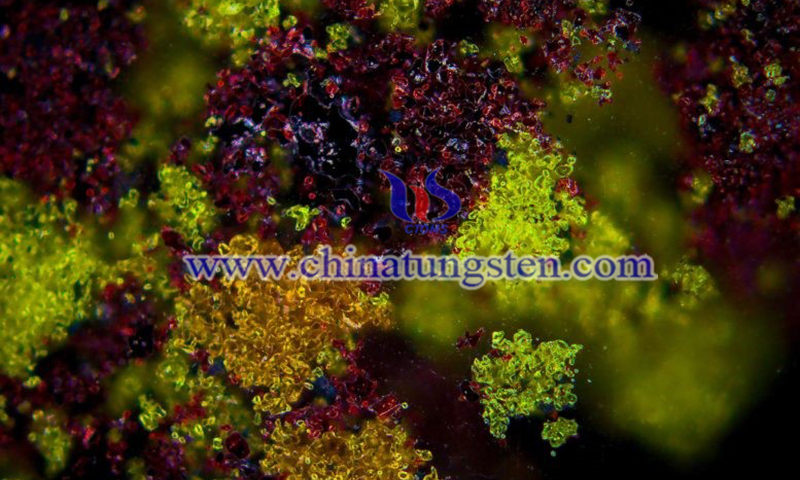New Method to Alleviate Shortage of Rare Earth and Other Key Metals
- Details
- Category: Tungsten's News
- Published on Thursday, 23 December 2021 15:23
MIT researchers developing a new method could help alleviate critical shortages from rare earth and other key metals. The process called sulfidation has enabled metallurgy professor Antoine Allanore and his graduate student Caspar Stinn to successfully separate rare metals, such as cobalt in lithium-ion batteries, from mixed metal materials.
Their processing technology allows the metals to remain in solid form and to be separated without dissolving the material. This avoids traditional but expensive methods of liquid separation, which require a lot of energy.
Their separation can reduce the cost of metal separation by 65 to 95 percent. Their method can also reduce greenhouse gas emissions by 60 to 90 percent compared to conventional liquid separation.
"We are excited to find alternatives to processes that have very high water use and greenhouse gas emissions, such as lithium-ion battery recycling, rare-earth magnet recycling and rare-earth separation," Stinn said. "These are all processes that make materials for sustainable applications, but these processes are inherently very unsustainable."
These discoveries offer a way to ease the growing demand for small metals such as cobalt, lithium and rare earth elements, which are used in "clean" energy products such as electric cars, solar cells and power-generating windmills.

For more than a decade, the Allanore group has been investigating the use of sulfide materials to develop new electrochemical routes to metal production. Sulfides are common materials, but MIT scientists are experimenting with them under extreme conditions, such as very high temperatures - from 800 to 3,000 degrees Fahrenheit - that are used in manufacturing plants.
"We are working on very mature materials with conditions that are uncommon compared to what has been done before," Allanore explained, "and that's why we are looking for new applications or new realities."
In synthesizing high-temperature sulfide materials to support electrochemical production, Stinn says, "we learned that we could be very controlled in the products we made."
The chemical reactions utilized by the researchers cause materials containing mixed metal oxides to react to form new metal-sulfur compounds or sulfides. By varying factors such as temperature, gas pressure, and the addition of carbon during the reaction, Stinn and Allanore found they could create a variety of sulfide solids that could be physically separated by a variety of methods, including crushing the material and sorting the different sizes of sulfides, or using magnets to separate the different sulfides from each other.
Stinn said, "Current methods of rare metal separation rely on large amounts of energy, water, acids and organic solvents, all of which have an expensive environmental impact. We are attempting to use abundant, economical and readily available materials for sustainable material separation, and we have expanded this field to now include sulfur and sulfides."
Stinn and Allanore use new method to separate economically important metals, such as cobalt from recycled lithium-ion batteries. They have also used their technique to separate dysprosium from rare earth boron magnets or from mixtures of oxides typical of mining minerals such as bastnaesite.
Stinn says, "One of the benefits of using sulfidation to separate materials is that much of the existing technology and process infrastructure can be leveraged." It's new conditions and new chemistry in an already existing reactor style and equipment." The next step is to demonstrate that the process can be applied to a large number of raw materials - for example, separating 16 elements from a rare earth ore stream. Allanore says, "Our separation has shown that we can process three, four or five of these elements together, but we have not yet processed the actual streams from existing mines at a scale that meets deployment requirements."
Stinn and colleagues in the lab have built a reactor that can process about 10 kilograms of raw material per day, and the researchers are beginning to talk to a number of companies about the possibility. "We are discussing how to demonstrate the performance of this approach with existing mineral and recovery streams," Allanore said.
- Rare Earth Manufacturer & Supplier, Chinatungsten Online: www.chinatungsten.com
- Tungsten News & Prices of China Tungsten Industry Association: www.ctia.com.cn
- Molybdenum News & Price: news.molybdenum.com.cn
- Tel.: 86 592 5129696; Fax: 86 592 5129797; Email: sales@chinatungsten.com